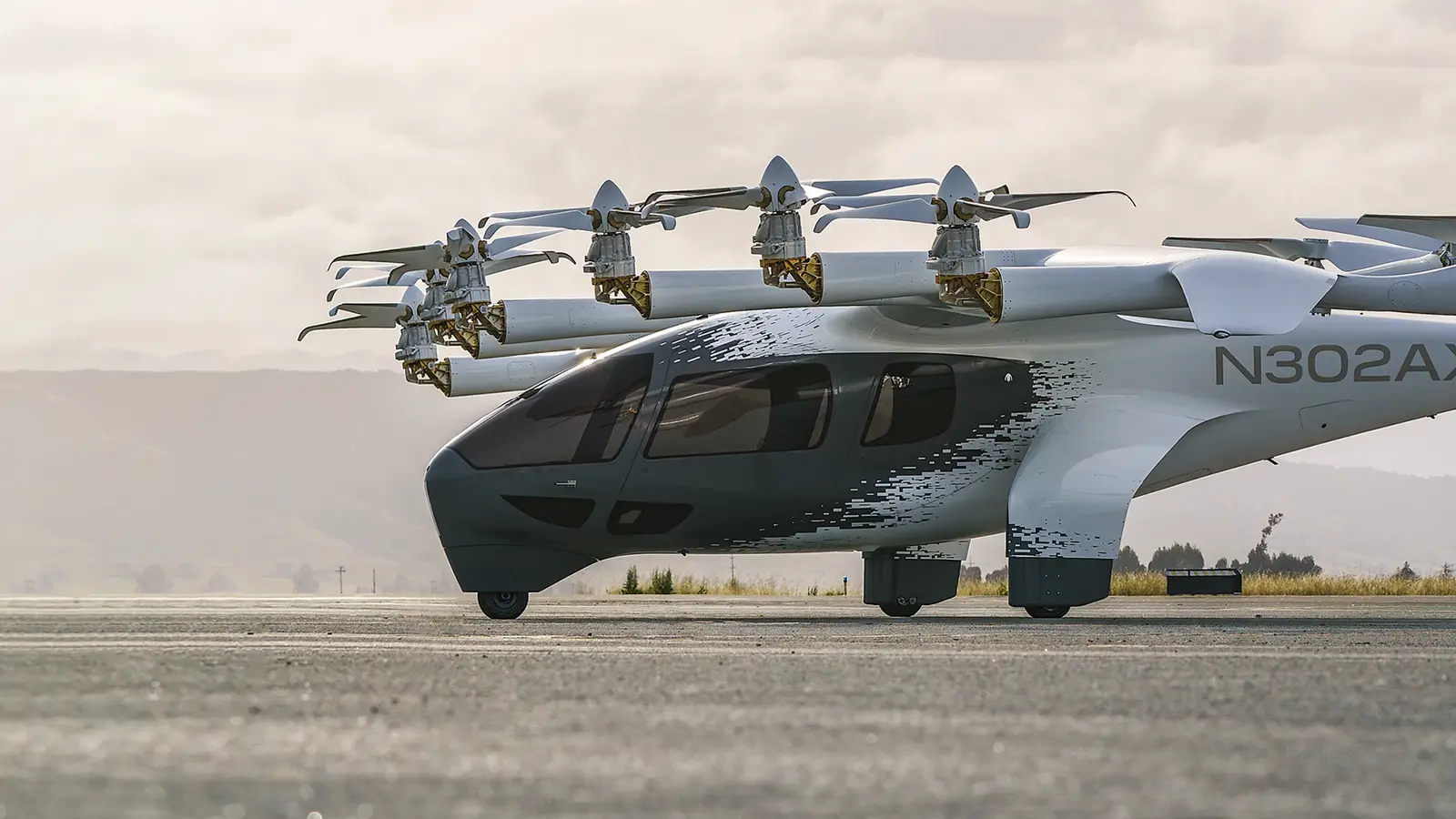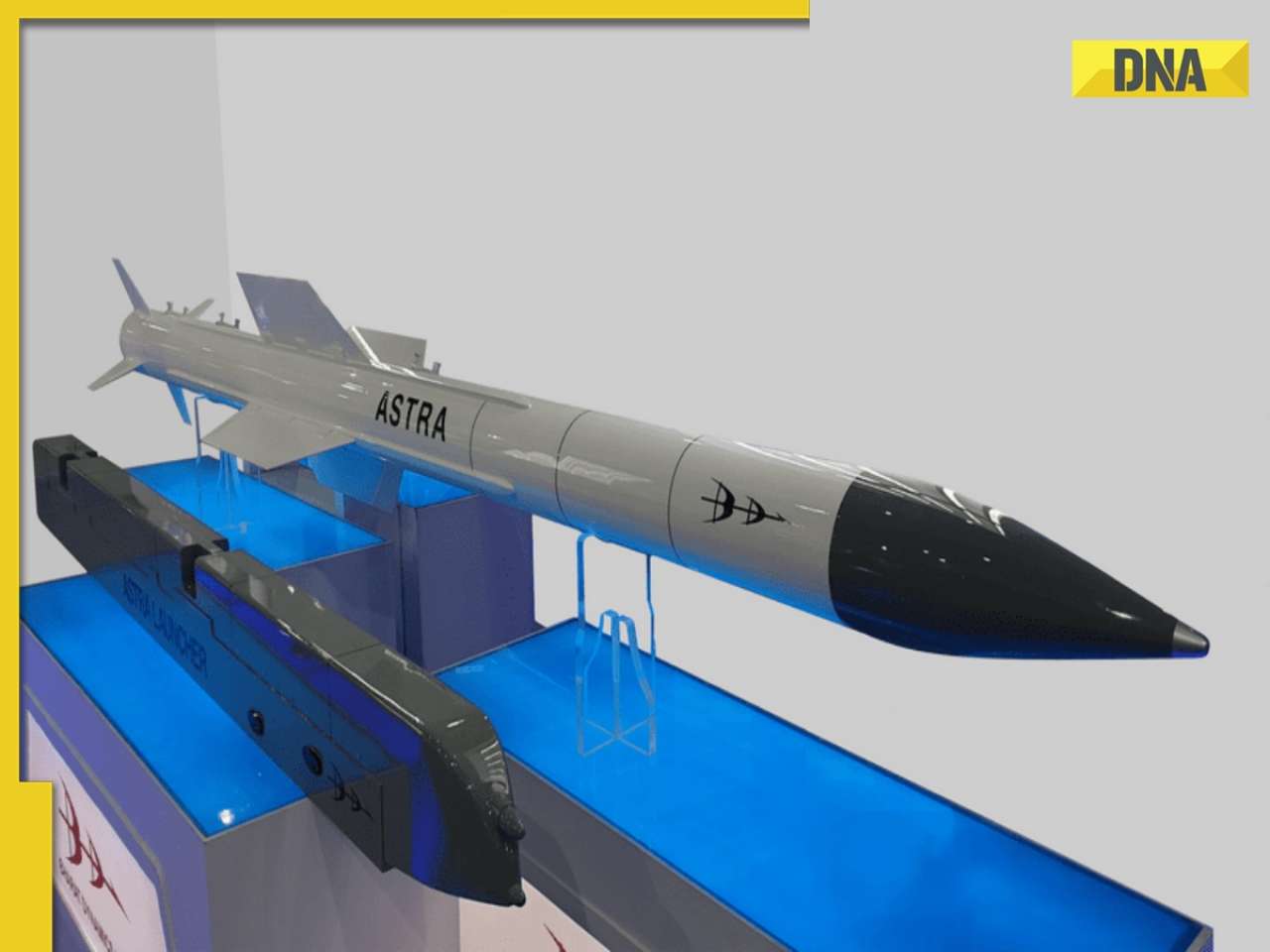Copyright Simple Flying

Archer Aviation has signed definitive purchase agreements to acquire complete control of Hawthorne Municipal Airport (HHR) in Los Angeles for $126 million in cash, positioning the 80-acre field as the company's primary hub for its LA-based air taxi network. The facility is also set to serve as a testbed for AI-powered air and ground operations, with the site located within 3 miles of Los Angeles International Airport (LAX). Also located near major event venues, Archer is targeting service for the 2028 Los Angeles Olympic & Paralympic Games, for which Archer believes there will be large enough demand for its premium air taxi services. Alongside this deal, Archer reported $650 million in new equity, lifting overall program liquidity above $20 million. This also comes alongside several flight test milestones for the company's Midnight eVTOL, and the expansion of its intellectual property through Lilium patent assets. What Are The Key Developments In This Story? This Hawthorne base gives Archer a rare, centrally located airport footprint of approximately 190,000 square feet of existing terminal, hangar, and office space. This will allow the company to weaponize these facilities to scale vertical airport operations, maintenance, and training. At the same time, the company will be able to run live trials of AI-enabled traffic and ground operations management systems with manufacturer's airline and technology industry partners, according to reports from AeroTime. This acquisition remains subject to closing conditions, including approval from the City of Hawthorne itself. United Airlines Ventures publicly backed the strategic logic behind this expansion, and Archer tied the hub to demand for the 2028 games in Los Angeles. At the same time, Archer bolstered its balance sheet with a $650 million equity raise, citing record Midnight test flights. The manufacturer also closed an acquisition for around 300 Lilium patents, giving it an extremely diverse portfolio of intellectual assets that is prepared to fully build out an integrated network and aircraft management system. What is The Impact On Passengers? For travelers, a Hawthorne-anchored air taxi network could ultimately shorten end-to-end trip times across LA's congested map, particularly when it comes to moving passengers to and from Los Angeles International Airport and multiple major downtown venues and places like SoFi Stadium. With operations based out of HHR, Archer is capable of concentrating aircraft, crews, charging, and maintenance, all of which improve dispatch reliability and enable frequent shuttles that are more predictable than pop-up helicopter services. If AI-enabled air and ground management operational system integration performs as intended, passengers can anticipate tighter scheduling, smarter overall routing, and faster aircraft turnarounds, all of which matter as fleets continue to scale. Crucially, HHR's proximity to LAX supports seamless intermodal handoffs for passengers traveling into Los Angeles via commercial aircraft. This makes Archer's service more appealing to premium and time-sensitive customers during peak events like the Los Angeles 2028 Games. As certification and city approvals continue to progress, piloted services will continue to ramp up, especially on high-demand corridors, before broader neighborhood coverage occurs. What Are The Financial Implications Of This Move? In the near-term, Archer has committed $126 million in cash to secure control of HHR's master lease and subsequent subleases, making it an asset that can generate operational efficiencies like centralized basing and maintenance organization. Potential third-party revenues, including hangars and FBO-adjacent services, all help de-risk vertical airport access in a major, congested US market. The transaction itself has been paired with a $650 million equity raise, which lifts liquidity above $2 billion, something that offers an important runway for certification, early operations, and continued site upgrades. Financially, owning and controlling an airport hub can improve unit economics through higher utilization and lower repositioning costs, but approval timing does pose a non-trivial risk.



